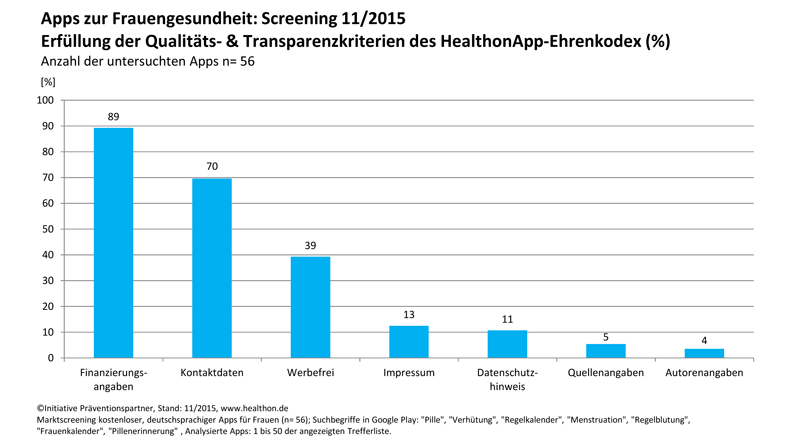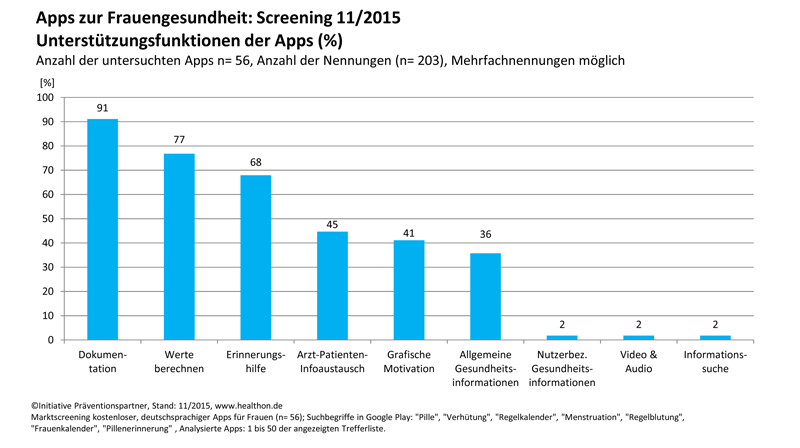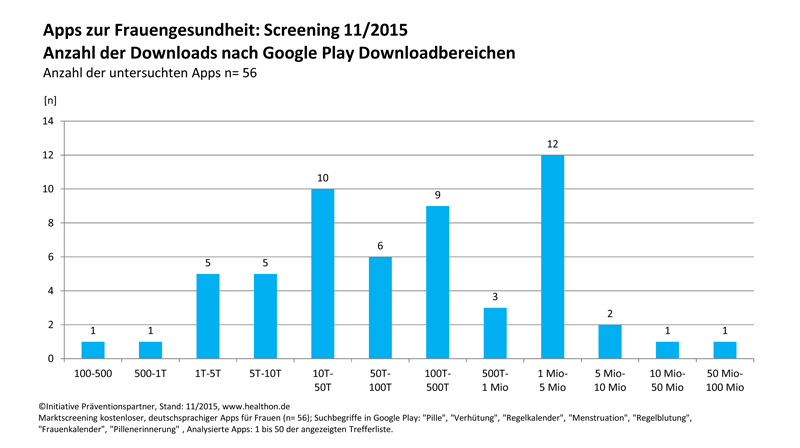 We’ve sat down with one of the most seasoned and respected entrepreneurs and thinkers in healthcare these days. Jeff Tangney, who not only co-founded ePocrates and brought it to the NASDAQ, but who has recently also founded Doximity, a startup that hopefully will eventually replace the physician’s fax machine.
We’ve sat down with one of the most seasoned and respected entrepreneurs and thinkers in healthcare these days. Jeff Tangney, who not only co-founded ePocrates and brought it to the NASDAQ, but who has recently also founded Doximity, a startup that hopefully will eventually replace the physician’s fax machine.
Enjoy!
MC: When you started your companies, what was the biggest challenge–the market or the competitors in the market?
JT: When we founded Epocrates, there wasn’t really a market for mobile applications. No one had created them before, but as physicians and friends-of-physicians we realized that doctors—who go from exam room to exam room, hospital to clinic—needed mobile technology more than anyone. In general, a lot products have been created in health technology that really aren’t designed or made for doctors. Rather, they’re made for the billing administrator at the hospital or for the government to monitor compliance. Our focus both at Epocrates and Doximity really is supporting the physician, and helping him or her save time.
MC: So, why healthcare? There are a lot of other areas where you can make money and help people substantially. No question, healthcare’s on top, but why 15 years in healthcare?
JT: The more personal side of story is that I had a grandparent who died of a number of things, but one real issue was drug interactions. At Epocrates, the main problem we addressed was drug interaction checks and how to make them easier. Prior to Epocrates, you would look through the PDR, cross-reference, and end up with 50 different pages of information you needed to make sense of. As the system was, it was just too much data to deal with quickly. As for Doximity, my dad has been in the hospital recently and, like a lot of us who have a loved one who is sick, you see just how difficult referrals and physician-to-physician communications are.
I’m not a physician myself, but the advantage to that is that I view my role as that of a researcher collecting feedback and looking for patterns without “n of 1″ biases. Having worked for 15 years in healthcare and 10 years with physician’s software, I’ve learned a lot secondhand. Physicians are very, very smart people, and any ideas you have has to boil down to whether you can do something that has functional value for them.
MC: Doximity really looks different from the other physician social networks. Why don’t you give us a pitch of the startup?
JT: Imagine doing your job today if you couldn’t legally use e-mail? In the U.S. health care market, where collaboration is probably more important than anywhere else, the Health Insurance Portability and Accountability Act (HIPAA) ensures that you can’t use e-mail to discuss specific details about patient cases. As a result, so much of what happens today is done through a kind of complex workaround–calling around to find out who’s on call, faxing lab results back and forth. All of that is making communication incredibly high friction.
In its new 2012 social media policy, the Federation of State Medical Boards identifies Doximity as an ancillary and convenient means for peer-to-peer education and dialogue. Broadly, Doximity has been described as a kind of LinkedIn for doctors, an effective and convenient way to manage referral and contact networks. We’re a private, real-name and HIPAA-secure means for physicians to exchange information. To these ends, we employ dual passwords for every user, so messages are encrypted end-to-end, and each of our members is verified, something we believe is important to fostering trust and professionalism.
This February, we officially launched iRounds. Just like the feeds you see on Facebook, Twitter, and Google+, iRounds enables users to tap into larger communities to discuss patient cases, new research, emerging medical technologies and more. On a daily basis, members can rely on trusted peer networks to help them uncover valuable information, often enriched with insights from the community at large. On a more personalized level, specific patient cases and clinical problems are benefitting from the kinds of virtual cross-country consult teams that take shape when doctors post in the forum.
MC: Why not continue with mobile-only for a service like this? Why do you think a Web component is the right thing for Doximity?
JT: So much of a physician’s life is mobile. What doctors really want is the ability to just shoot out a text message or look at a HIPAA-secure EKG image, no matter where they are, so they don’t have go to the office or hospital to answer fast and simple questions. As such, mobile use for physicians is always much more powerful and as a company we tend to design things first on the iPhone and Android, then replicate them on the Web. However, we are a mobile-first, not mobile-only company. Doctors still spend plenty of time on their computers.
MC: How many physicians are using the site? Can you give us an estimate actively using it in their daily clinical practice?
JT: Over 10% of all U.S. physicians have signed up–that’s steep growth in our first year. We’ve also partnered with Amion, an on-call and physician scheduling software, as well as medical schools such as Stanford and UCSF to create apps specific to their services and networks.
We’re poised for yet more rapid growth, it seems, as recently the joint commission here in the US came out and certified a ban on texting in hospitals. HIPAA crackdowns went way up in 2011 and that trend isn’t abating. I wouldn’t want to have to be one of the guys holding a big stick and saying, “no, you must use this, or otherwise I will punish you.” In this situation, we really get to be the people holding up the carrot of, “it’s a lot easier to use this nice, HIPAA-compliant carrot.”
MC: Did you ever consider doing Doximity on a global basis?
JT: At Doximity the short-term constraint we have is that we do need to authenticate every user, and to do that, we rely on government-issued data. That’s the big advantage of starting in the US only—it’s one market and there’s one social security number.
Once you go international, everyone has their own system. That being said, we have a lot of requests to go global–from international and US doctors alike. The head of MD Anderson’s psychology department has, for example, a global pool of thought-leaders he deals with, not to mention a global pool of referrals that he’s managing. He and other users like him have made very convincing cases for going worldwide. However, we want to do it in a way that makes sure we don’t have unverified users entering the mix. We will be able to get there, as it’s mostly a matter of putting in the legwork. I’d say, expect us to have that in the next year.
MC: Now, I’ve got three more personal questions. Where do you see yourself in 10 years? Did you sell Doximity, do you already have a third company, or already retiring in Hawaii?
JT: I do see myself continuing to work to a very old age, and my plan is to be here at Doximity for as long as they’ll have me. I think that the challenge that we’re going after–creating a secure cloud for physician communication—represents a huge opportunity, undertaking, and need. Physicians themselves are early adopters of just about everything. The first pager ever created was physician-adopted. Also the first cell phone, and the first palm pilots. In other words, doctors do warmly embrace technology, but at the end of the day there’s no economic incentive for a hospital or clinic to create the software.
Jonathan Bush, the guy from Athena-Health, has a good line on this: “The easiest way to get a lab report from Mass. General to Beth Israel is by paper-airplane.” Those two institutions are right across the street from each other, yet they have completely silo’ed systems and a secure pager system that works only within their hospital. That’s the reality of healthcare in the U.S. right now. In 10 years, if we can have that problem solved already, I will move on. My guess is, though, that 20 years from now, I’ll still be talking about it.
MC: A lot of our readers on MedCrunch, are doctors in the US because they like that idea of switching job. Give me a couple of ideas for if a physician wants to switch job, but has no background in economics. He wants to switch career, start a business or do some consulting.
JT: At Doximity you can upload your entire CV via an “upload my CV” button, or automatically add your PubMed articles, which we pull in, by just clicking on them. The same is true clinical trials, insurance acceptance, etc. You don’t have to type anything, and you get it all in just one place.
For physicians specifically looking for business or consulting opportunities, we’ve done partnerships with a company called the Gerson Lehrman Group as well as two others. Collectively, they’ve paid physicians willing to lend expertise over $100 million in honoraria last year alone. One of them even used us to find a doctor to talk to a reporter about Steve Jobs and curing his specific cancer. There aren’t that many experts on that particular kind of tumor, and through Doximity’s rich physician profiles they’re able to do it fairly quickly. In short, just by joining Doximity, you can have career or paid interview opportunities come your way based on your clinical interests, publications, and background
As far as the bigger question of what it’s like to be both a clinician and a business person, my own view is that this is exactly what the health care system needs more of. Currently, it’s hard though because people aren’t being trained to do that in medical school, not even a little. But I see a more positive future based on empowering individuals. At Doximity, you can grow your referral network purely by being the authentic person who’s there answering some questions of local primary care docs, or by having your clinical trial easily searchable. I think that we can truly level the playing field by allowing people to create their own personal brands, and by basing them on authentic expertise as opposed to billboard-level sloganing.
MC: What do you personally believe is going to be the next big thing in e-health? In a cycle of another 10-20 years, do you think it’s going to be a web application, some device, telemedicine or something like that? Do you have a vision where you think this is going to be really disruptive?
JT: The web got people excited about what they could do for their health care. That’s why you saw e-health back in 1999—there were going to be all these things that connected the world. Ultimately, Web 1.0’s big winners were really content websites that became a place that patients could go and learn more about their condition. There was a lot else talked about–like e-prescribing–that didn’t succeed.
Now, we’re finding real opportunities for disease management. We’re hearing a lot about the quantified self, and seeing devices that can do everything from track patient labs to measure blood sugar all from a smartphone. Facilitating communication, be it among doctors such as what we’re doing at Doximity, between physicians and patients, or among patients themselves is not only benefiting individual cases but also giving rise to a deeper, more data-rich understanding of public health and where the challenges and new frontiers really lie.
MC: Jeff, thanks a lot for this insightful interview.


